The English country garden is a frequently used but sometimes confused term in garden design. Traditionally, it would relate to a rustic and eclectic mix of flowers, such as perennial flowers, and a relaxed feel.
More recently, it’s become confused or hybridised with the cottage garden style, a mix of edibles, herbaceous and climbing plants within a small working garden.
Whether the correct terms are used, these ‘English country’ or ‘cottage’ gardens are known for their informal, relaxed, and romantic feel.
They typically feature a mix of native and non-native plants (a native plant is one that has been found here in the UK for at least a few hundred if not a thousand years).
These native plants create a harmonious blend of botany that wildlife is already used to living with and foraging upon.
When correctly planned, the ‘English Country Garden’ produces biodiverse and balanced flora, which is well established to our climate and growing conditions - unlike non-native specimens.
All of this equates to a gorgeous garden full of pollen-rich plants, variety and the buzz of wildlife.
The key to growing any true native wildflowers is to keep the fertility of your soil low. So, there is no need to feed or pamper these beauties. Treat them mean to keep them keen!
If this relaxed, hands-off and environmentally sound style of garden appeals to you, then here’s my pick of must-have plants to help you achieve that look.
1. Oxeye Daisy (Leucanthemum vulgare)
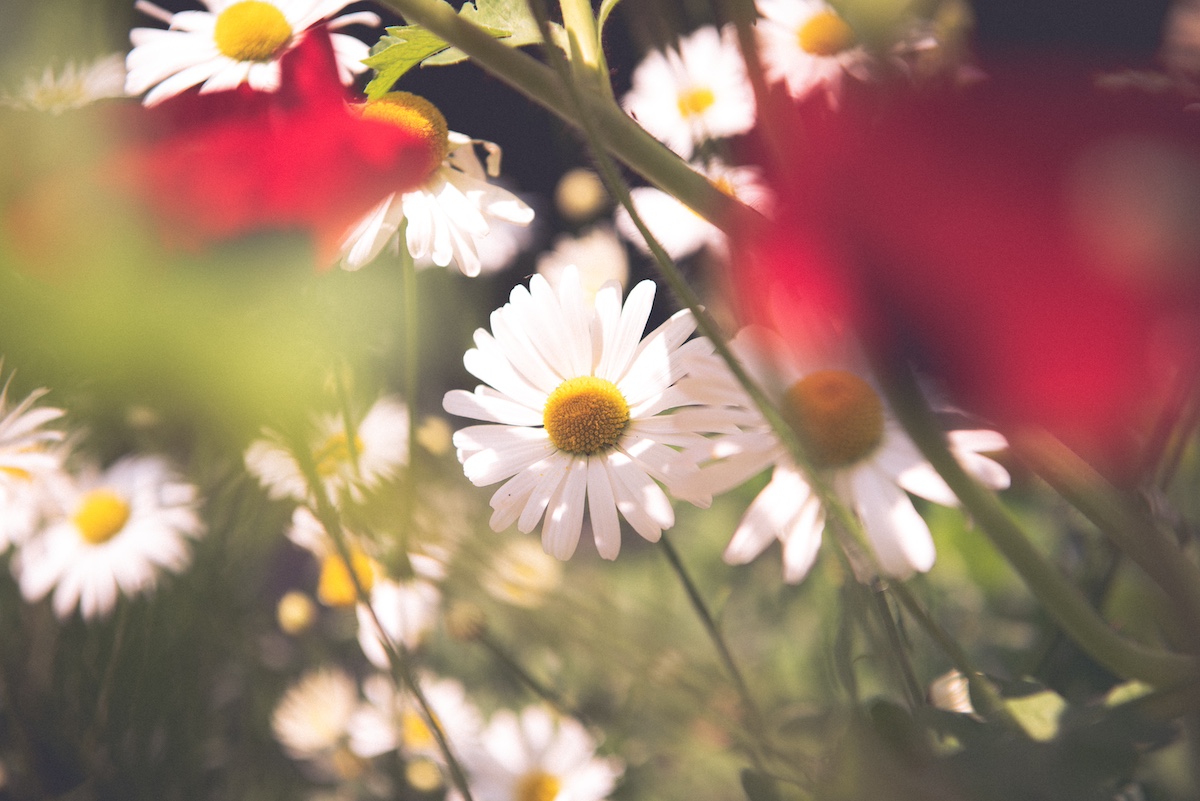
With classic white petals and bright yellow centres, oxeye daisies are a staple in English meadows and gardens. They’re a favourite of butterflies and honeybees.
Their scent can put people off, but this perennial wildlife is almost indestructible and super easy to grow from seed. Making it my number one to start with!
2. Foxglove (Digitalis purpurea)

Undisputed for their elegance and instantly recognisable, their tall spikes of tubular flowers add elegance and colour to any garden. Bees and other pollinators adore them.
These biennials (plants that live for two years, putting on foliage in year one, then flowering and setting seed in year two) will add charm to your garden and, if allowed to self-seed, will continue their lifespan in the garden, popping up everywhere!
3. Cowslip (Primula veris)
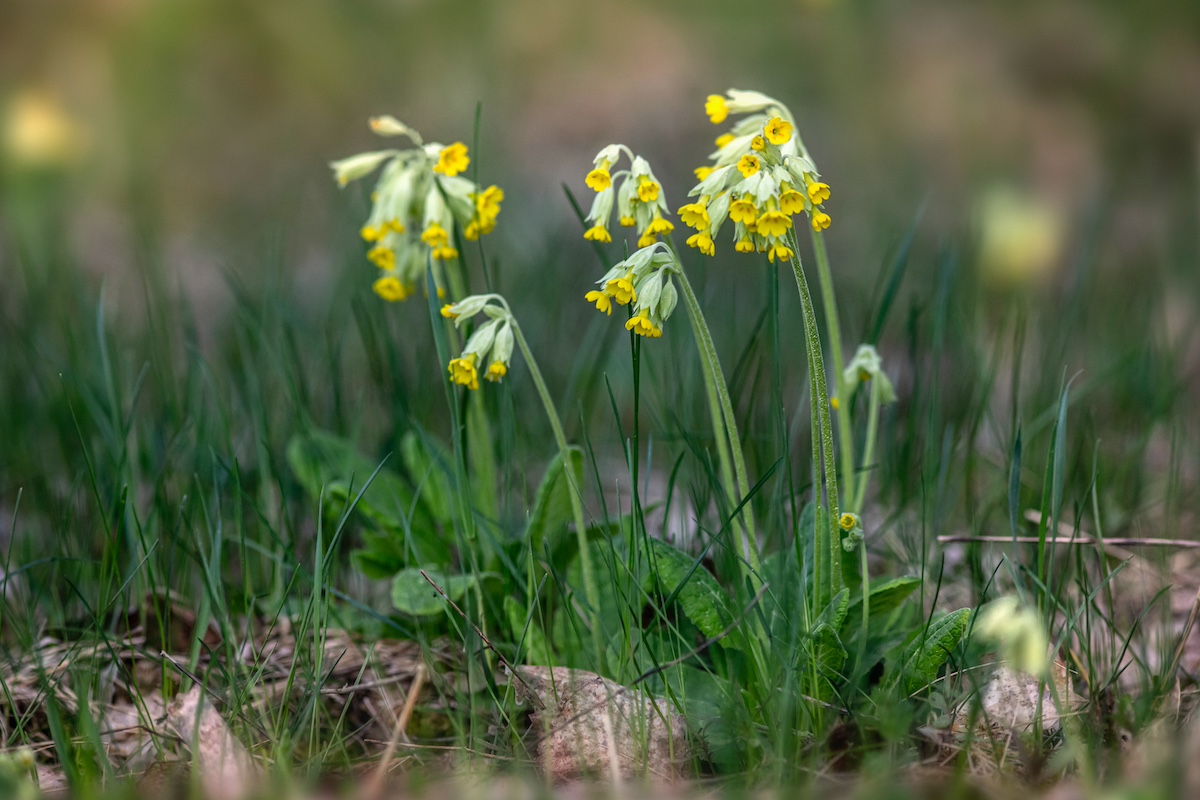
Cowslips are known for their nodding yellow flowers and are a favourite of early-flying honey bees who are seeking out nectar after a long winter.
They work well in both meadows and cottage gardens. Difficult to grow from seed without stratification; buy these ready-gro and then divide them every 3-5 years. Great to plant in containers in small gardens or shady damp gardens.
4. Bluebell (Hyacinthoides non-scripta)
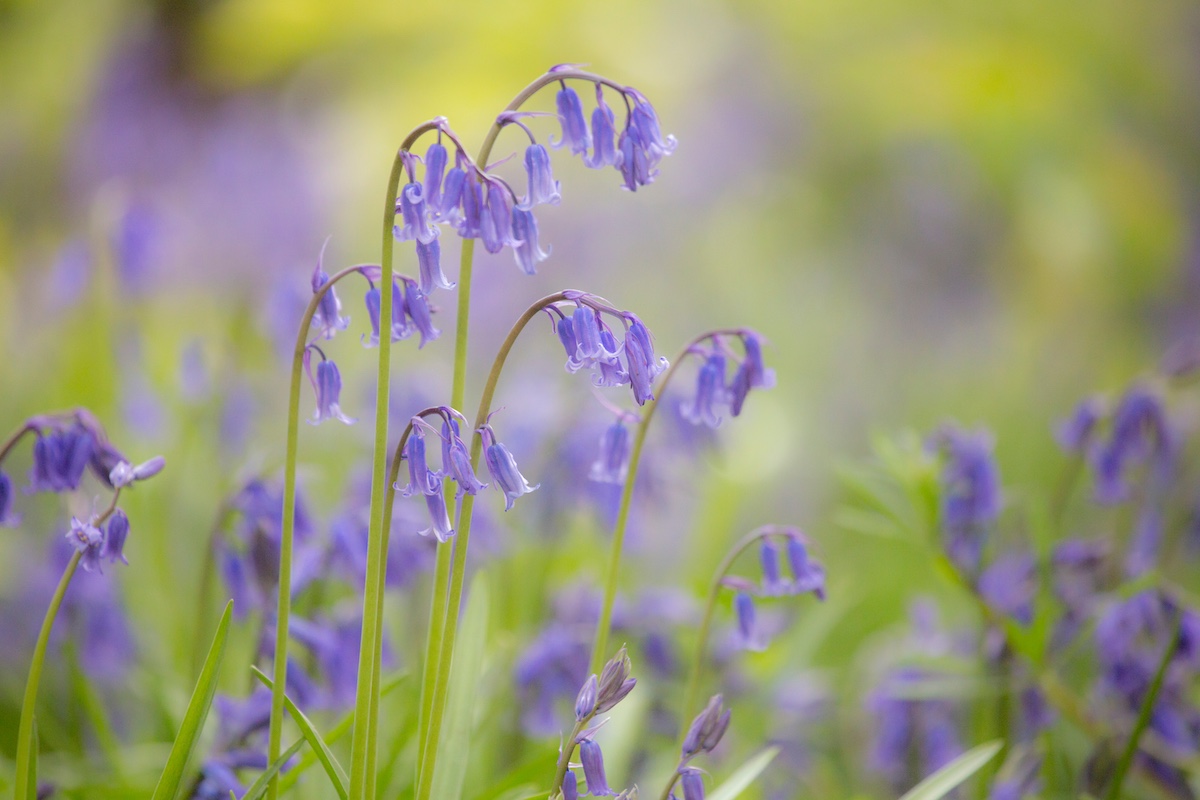
Bluebells carpet your garden in spring with their stunning, violet-blue blooms. Again, they act as early nectar and add a pop of colour contrast to the garden when all else is asleep.
They’re great for naturalising areas such as lawns and help the fight against the more aggressive non-native Spanish bluebell. If you want to know the easiest way to plant bulbs, the video guide below will quickly get you growing from bulbs!
5. Meadowsweet (Filipendula ulmaria)
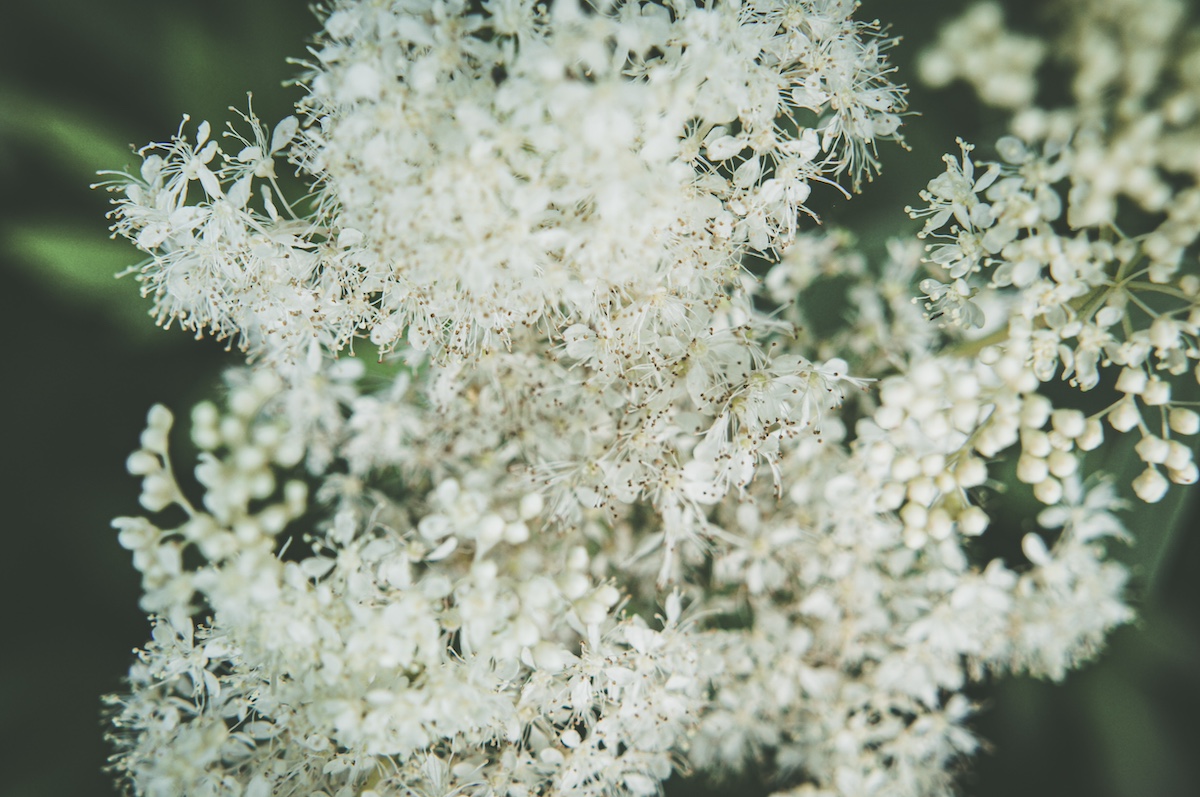
With its fluffy, fragrant white flower clusters that look like candy floss, meadowsweet adds charm to wetter areas of the garden as it’s usually a riverside plant.
Its delicate flowers can be used for cooking or infusions, and friends will be magnetised by its usual appearance. Once you’ve got meadow sweet, it will happily colonise areas with little help from you!
6. Red Campion (Silene dioica)
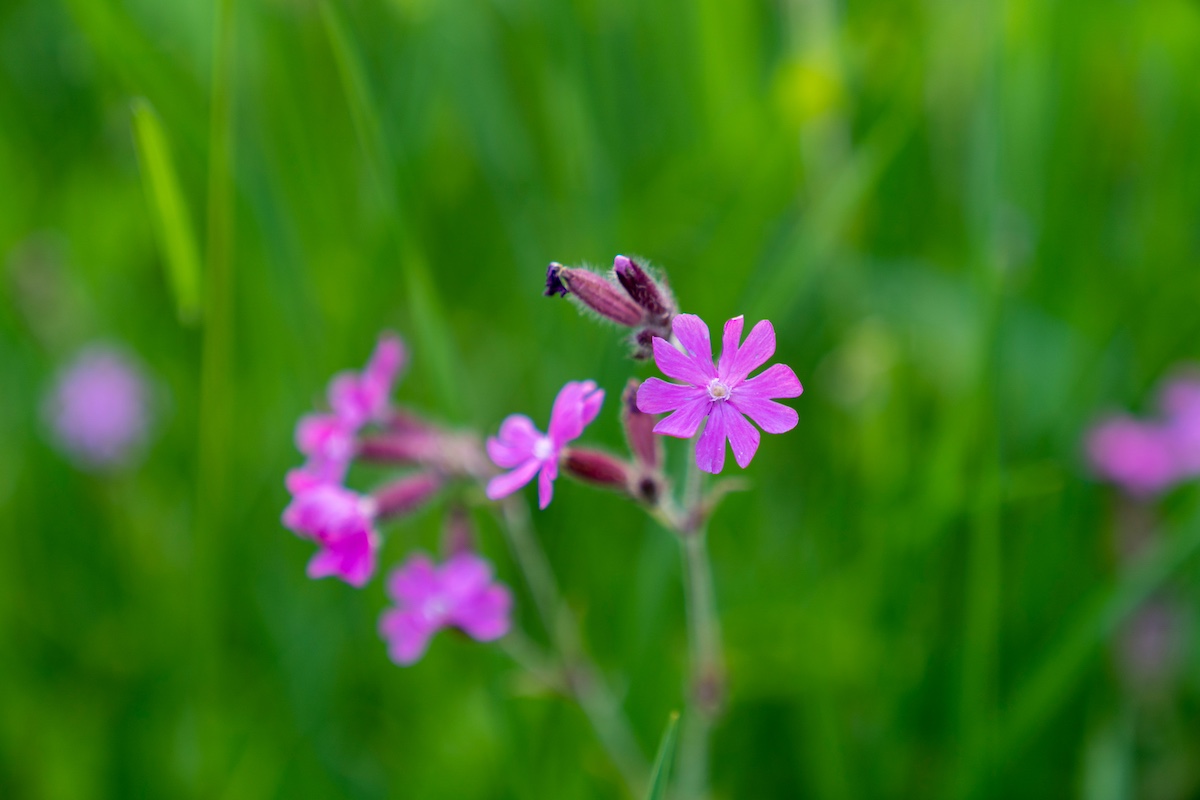
These delightful pink flowers are a common sight in woodlands and hedgerows. Silene is sometimes an overlooked wildflower genus, and I’m not sure why it has not got its own fan club. Once Red Campion is established, it needs no care and happily lives in the shade or on the edge of tree-lined gardens.
7. Forget-Me-Not (Myosotis sylvatica)
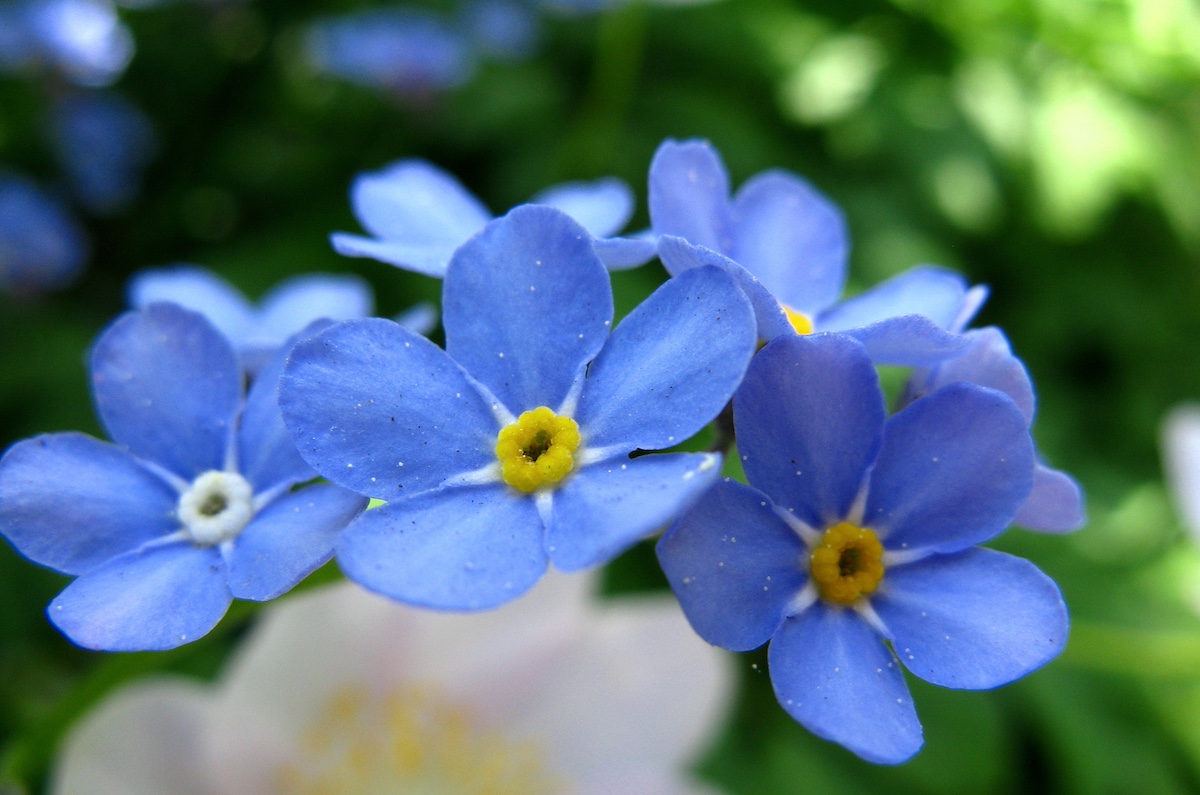
These small, sky-blue flowers are a symbol of love and remembrance. They self-seed readily and provide early-season nectar, another biennial which can be left to its own devices. You’ll start to notice it popping up in pots, cracks in paths and other places where other plants fail to thrive! Even when their leaves look battered and worn, the blue flowers pop up in early spring, adding a wow factor to otherwise dull parts of the garden.
8. Yarrow (Achillea millefolium)

Also known as the carpenter herb, as it can help coagulate blood when cut; this plant is a staple of meadows, show gardens and medicinal gardens. Yarrow’s flat-topped clusters of tiny white or yellow flowers (known as an umbellifer) provide an excellent landing pad for butterflies. These flowers work wonderfully as dried flowers. Simply cut and allow to dry out. They hold their shape and colour remarkably well!
9. Herb Robert (Geranium robertianum)
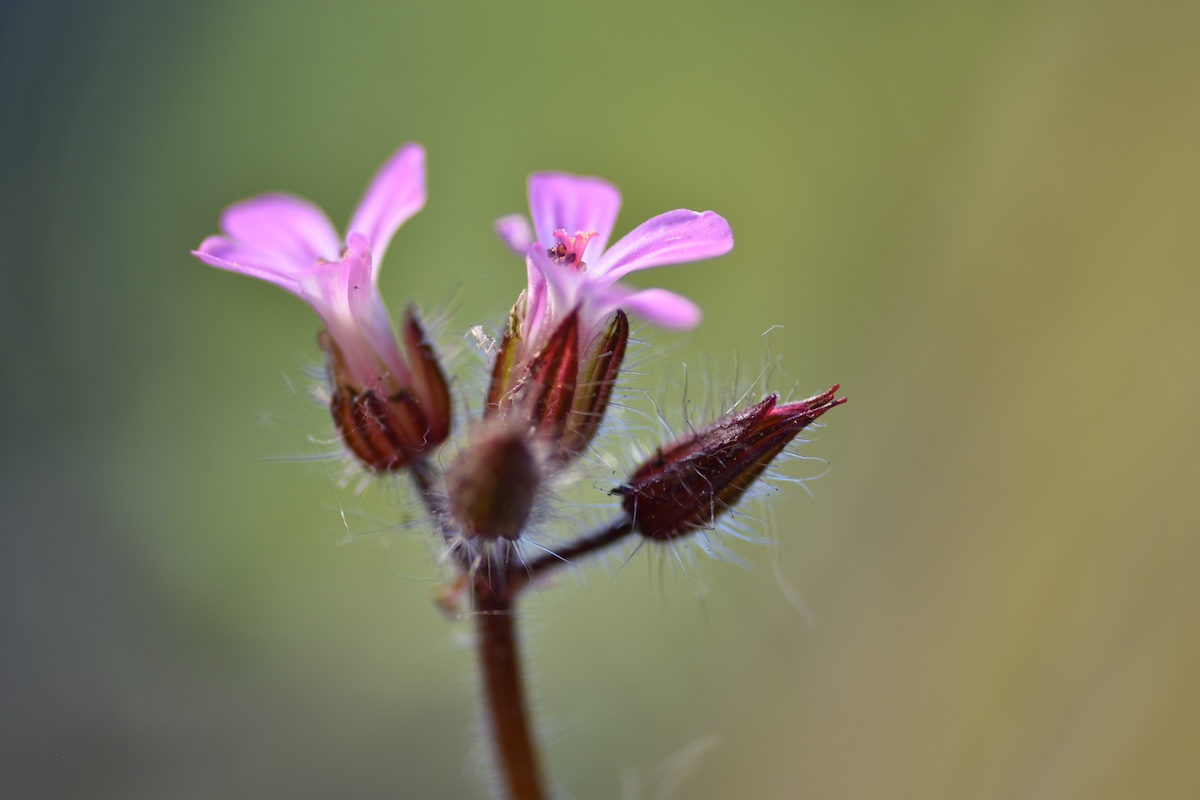
Last but not least, we have a plant, Herb Robert, that’s often complained about as a weed. This small wildflower with pink or magenta blooms adds a burst of colour to the garden and attracts pollinators.
As the plant ages, the stems turn bold red, and it will, and often does, grow literally anywhere! I love this plant, and its fragrance, again is a real head-turner for good and bad! If you ask gardener friends, I’m sure someone will be pulling it out as a weed, and you can quite easily grab a handful.
By choosing native wildflowers, we reduce the carbon footprint of imported plants and ensure that our gardens are robust and offer a varied mix of nectar, pollen and interest for wildlife.
So next time you hear someone talking about their ‘English Country Garden’, make sure you drop in a few of these plant specimens to ensure they are getting the very most out of their style of garden.
Happy gardening!
Lee
About Lee
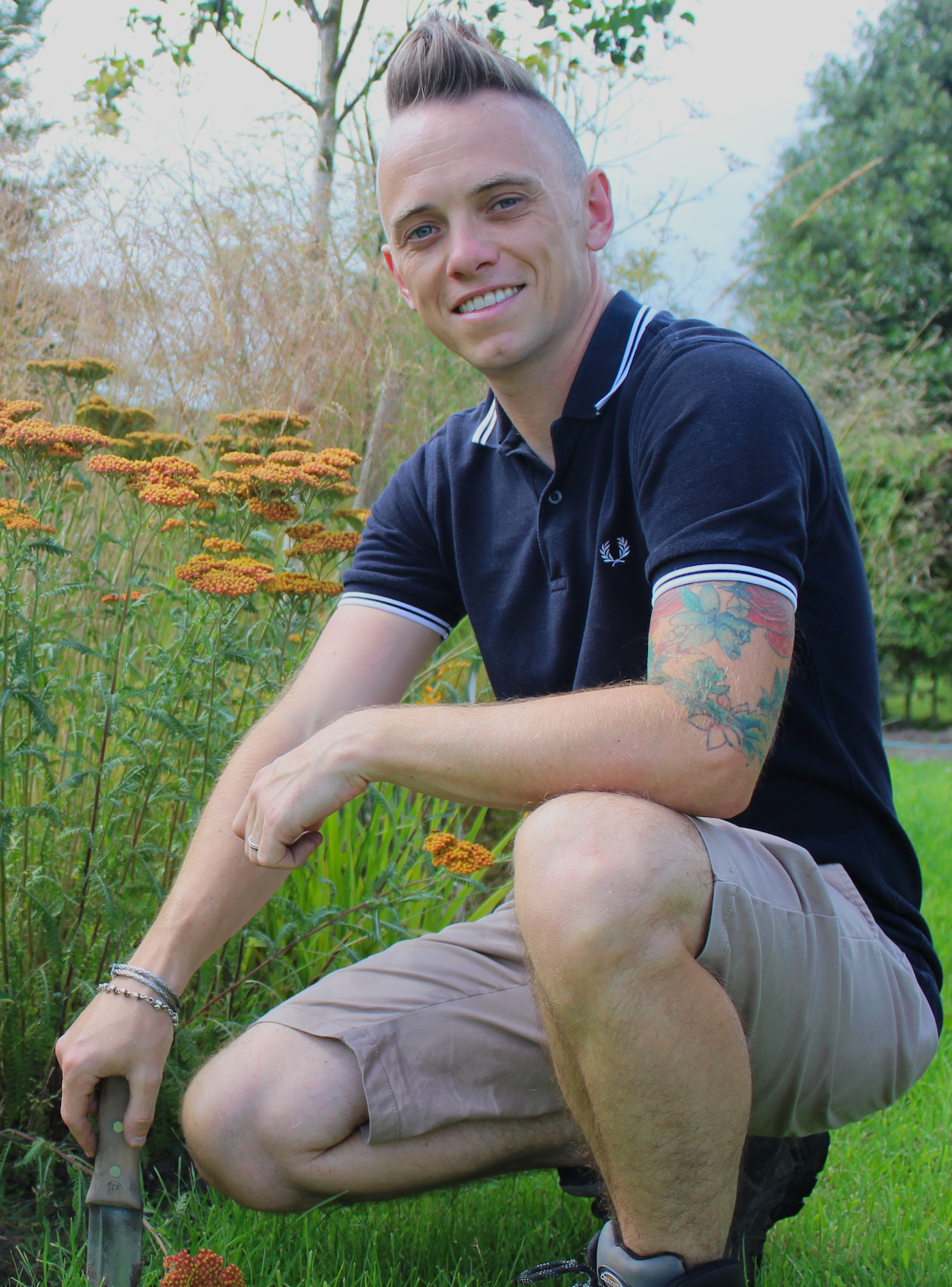
Lee Burkhill aka the Garden Ninja is a multi-award-winning garden designer, horticulturist, garden blogger, vlogger, TV Presenter and YouTuber. Hailing from the North West of England, Lee has an infectious enthusiasm for helping gardeners all over the world. The Garden Ninja is his garden design business and online gardening blog, and he was recently voted one of the Top 10 Gardening Bloggers and Garden Vloggers in the UK. Lee is also part of the BBC Garden Rescue Team, which you can watch on weekdays at 3.45 pm on BBC One or on BBC iPlayer. Here at Lazy Susan, we’re looking forward to sharing his exclusive horticultural tips, tricks and advice on our blog.



